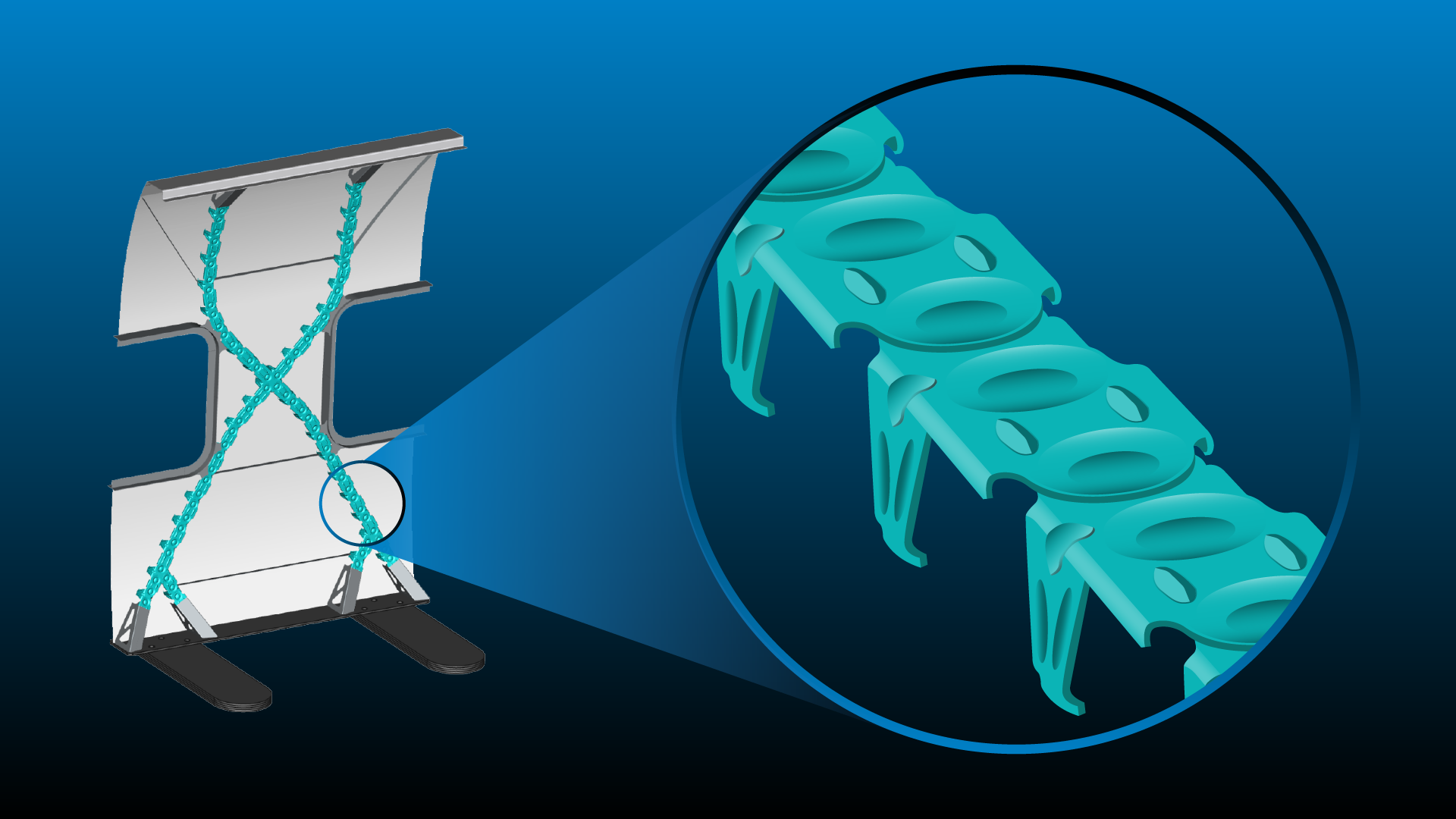Photon Laser Manufacturing is working with MobiXL on an innovative manufacturing method that has the potential to significantly change the production of large components for rail vehicles, aviation, and shipbuilding.
The combination of bionic optimization and modular design is paving the way for a new approach to sustainable, economical, and flexible vehicle manufacturing. In light of rising energy prices, stricter CO2 regulations, and growing demands for resource efficiency, MobiXL offers promising solutions for manufacturers and operators of mobility solutions.
Maximum efficiency through innovative manufacturing
At the heart of this new technology is a process that converts highly complex, topology-optimized stiffening structures into standardized, serially manufactured modules. These modules are then used to construct non-linear, weight-optimized stiffening structures. While additive processes are often limited by long production times and high costs, MobiXL combines the advantages of classic series production with the freedom of topologically optimized designs, resulting in more efficient and flexible manufacturing that will enable the economical production of weight-optimized structures.
One focus is on efficient and proven joining technology: the modules are to be joined using low-distortion laser welding. The aim is to achieve maximum structural stability and reduce production time. In addition, the process chain is to be completely digitized, which should contribute to consistent quality assurance, minimize error rates, and ensure reproducible results—a decisive advantage for manufacturers and operators with high safety and efficiency requirements.
Economic potential for manufacturers and operators
MobiXL will enable significant savings along the entire value chain. The targeted weight reduction of up to 20% compared to existing laser-welded stiffening structures not only reduces material usage, but also lowers energy consumption throughout the entire service life of a vehicle. This leads to lower operating costs, reduced emissions, and a longer service life for the components used.
Another advantage lies in the flexibility that can be achieved in production. MobiXL will make it possible to efficiently implement individual adaptations to different vehicle types. In the future, manufacturers will be able to respond more quickly to market requirements and realize innovative designs without disproportionately increasing production costs.
Sustainability as a strategic competitive advantage
In addition to the economic prospects, MobiXL will also make an important contribution to sustainable mobility. By reducing material usage, streamlining production processes, and lowering energy consumption throughout a vehicle's entire life cycle, this process will help minimize its environmental footprint. These approaches are particularly appealing to companies that have set ambitious sustainability goals and want to actively improve their carbon footprint.
MobiXL – Future prospects for vehicle manufacturing
Initial results demonstrating the potential of MobiXL technology were obtained through testing on industry-specific demonstrators for rail vehicle and shipbuilding. The project was funded by the Federal Ministry for Economic Affairs and Climate Protection as part of the Lightweight Construction Technology Transfer Program (TTP LB) and demonstrates how modularization, digitalization, and automation can lead to more efficient, economical, and sustainable production processes in the long term.
MobiXL offers manufacturers, operators, and policymakers new approaches to the challenges of modern mobility. Anyone working on forward-looking concepts for economical and sustainable lightweight construction today will soon be able to benefit from this new technology.

